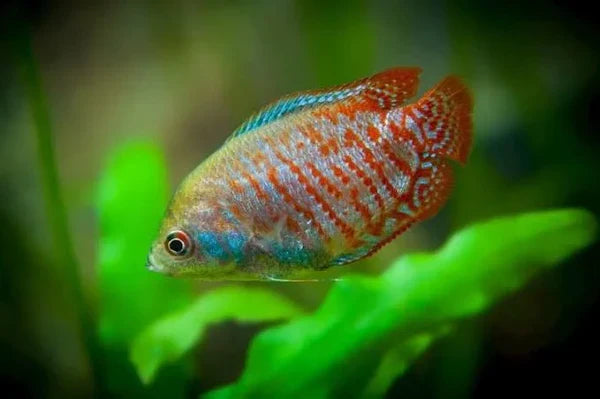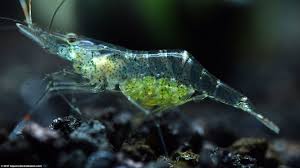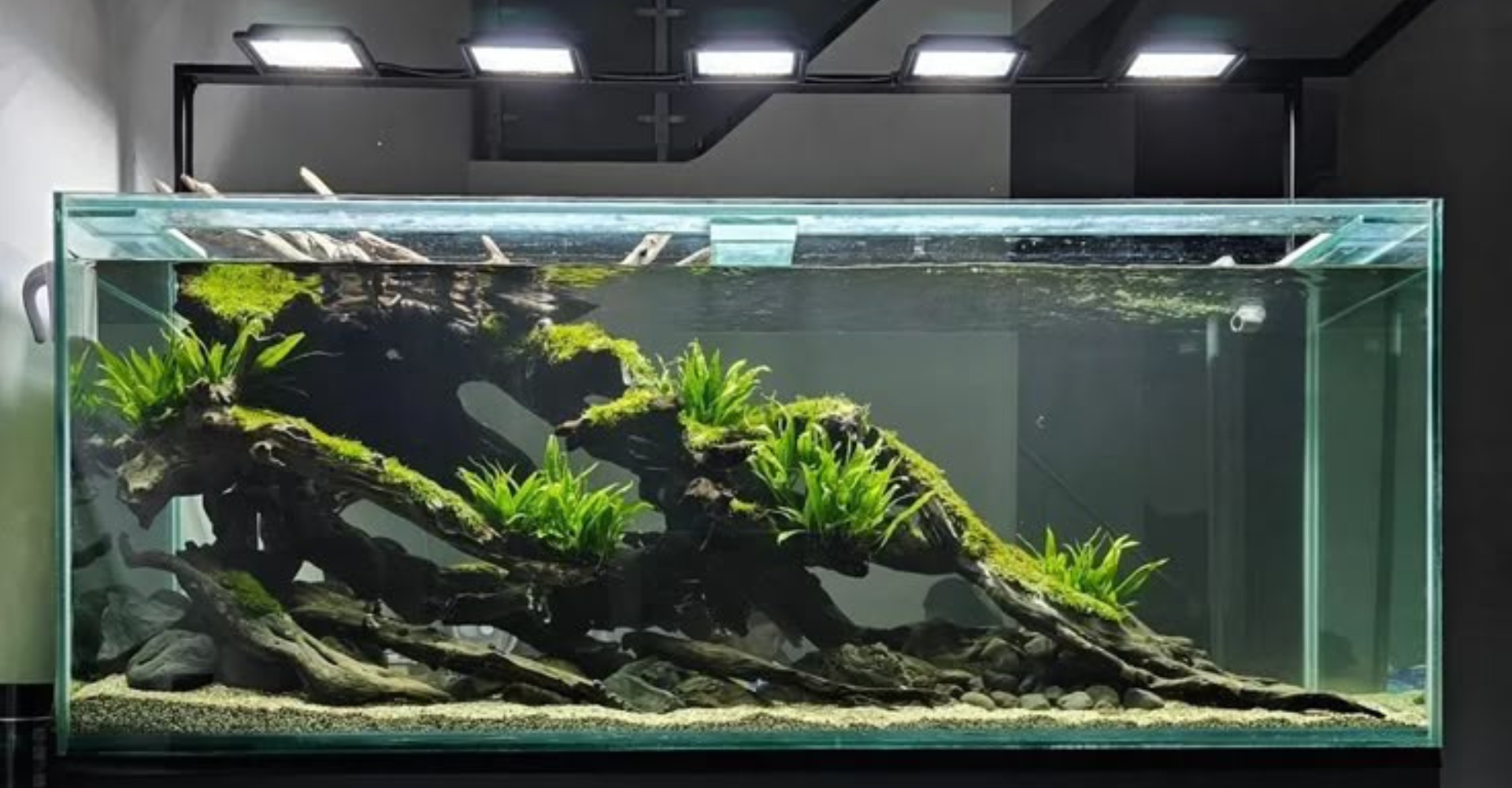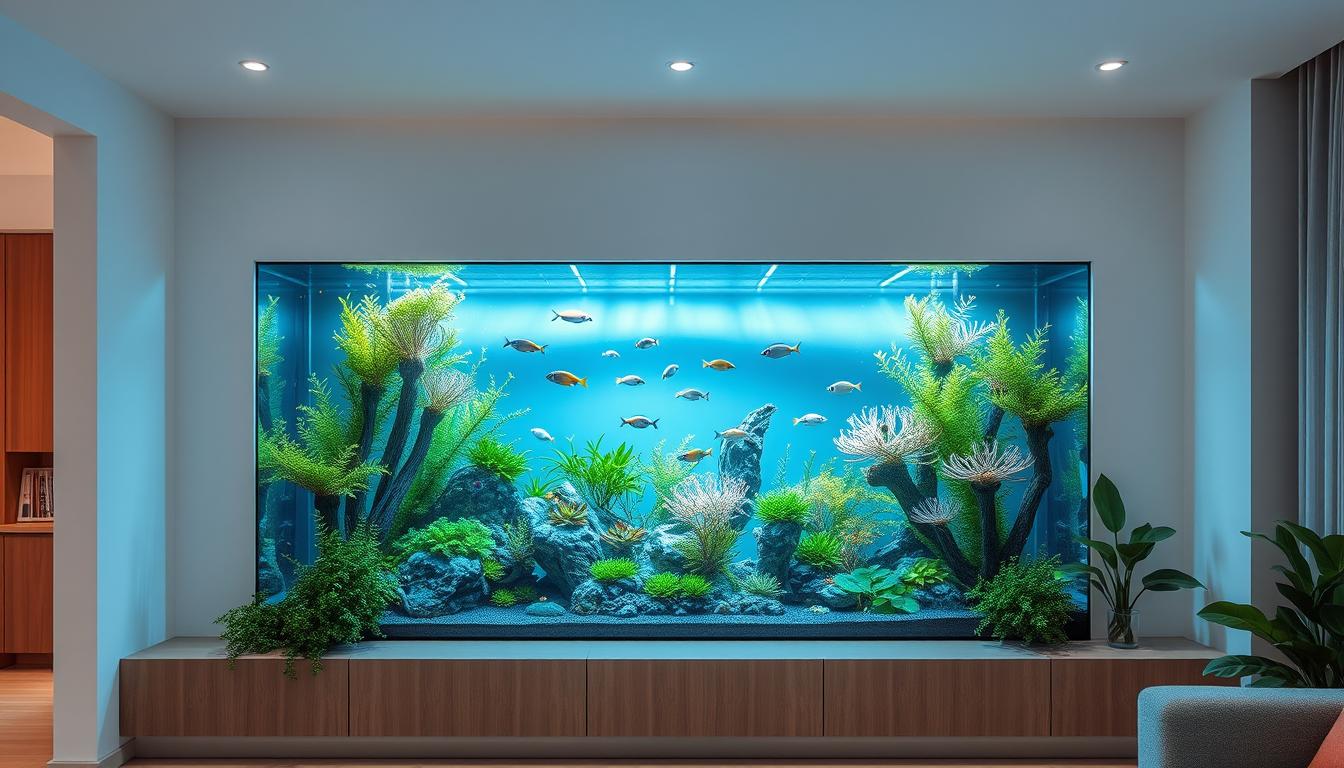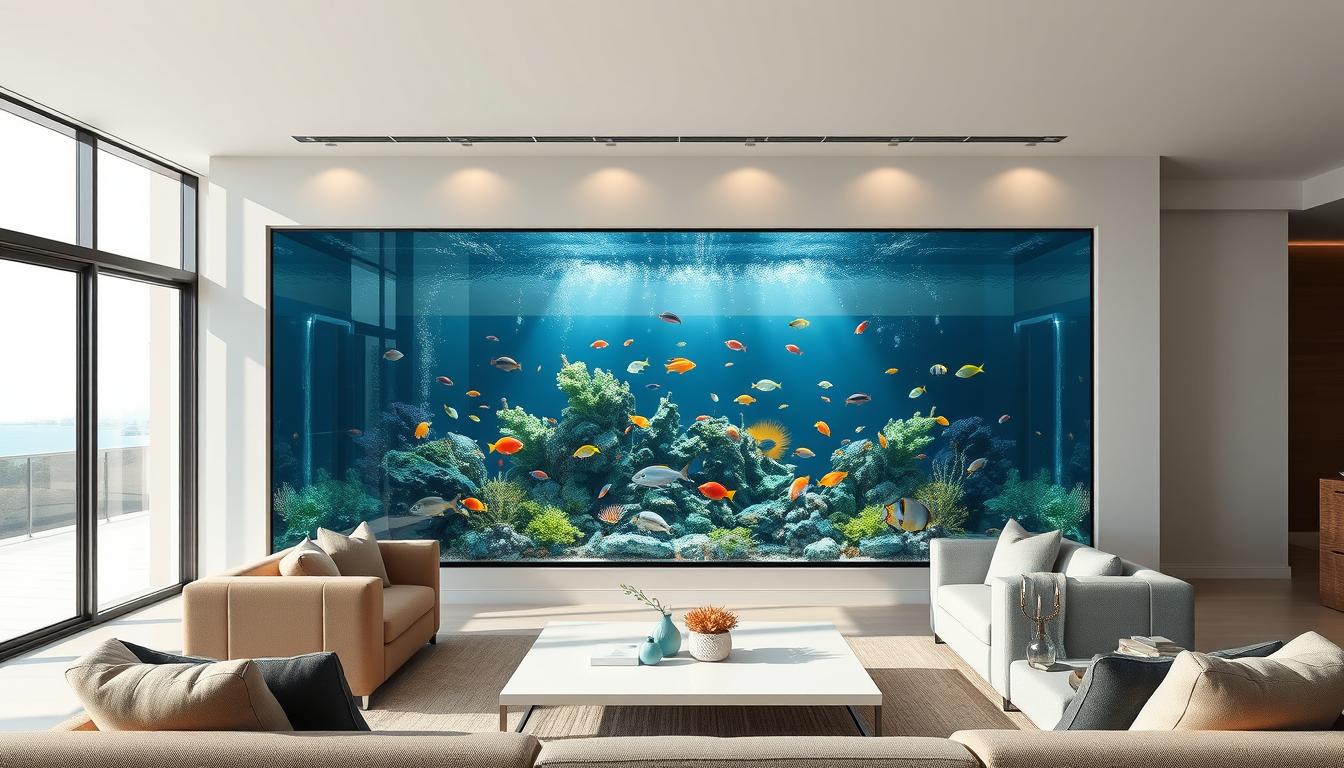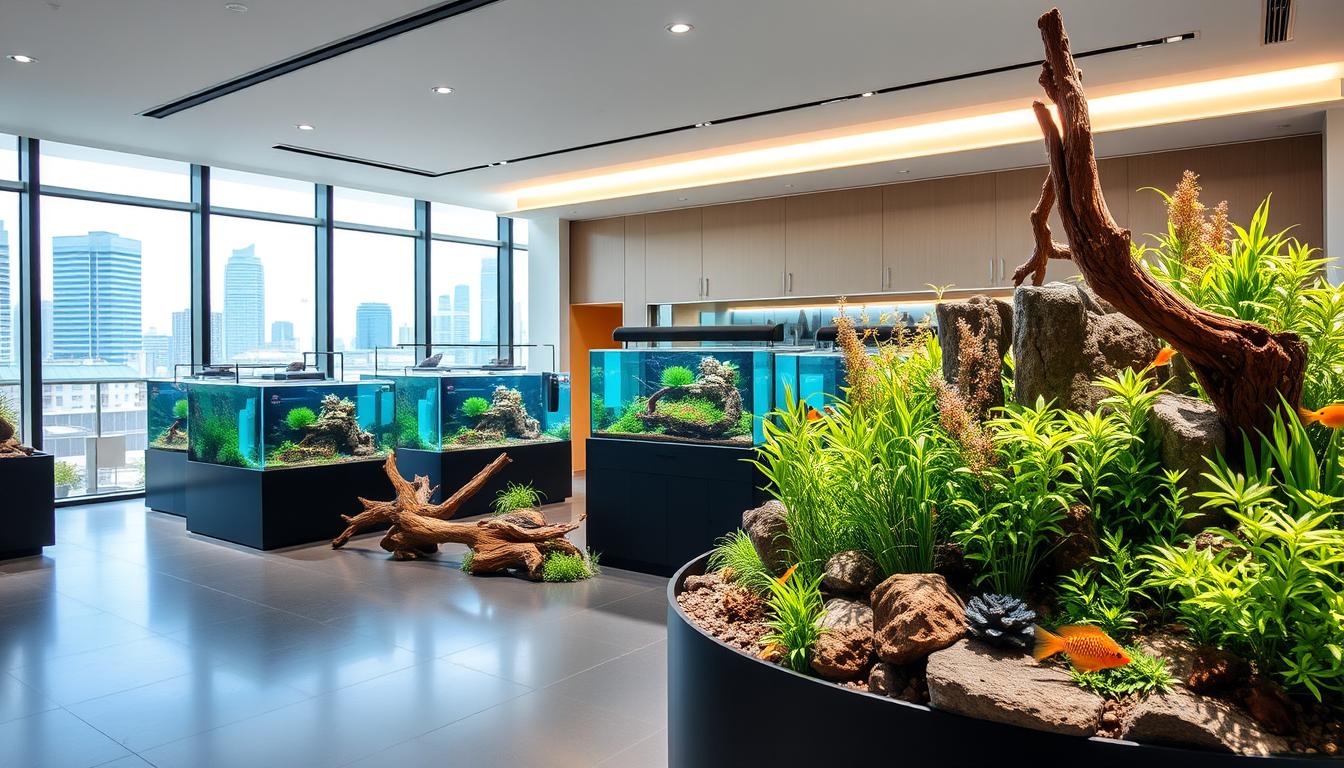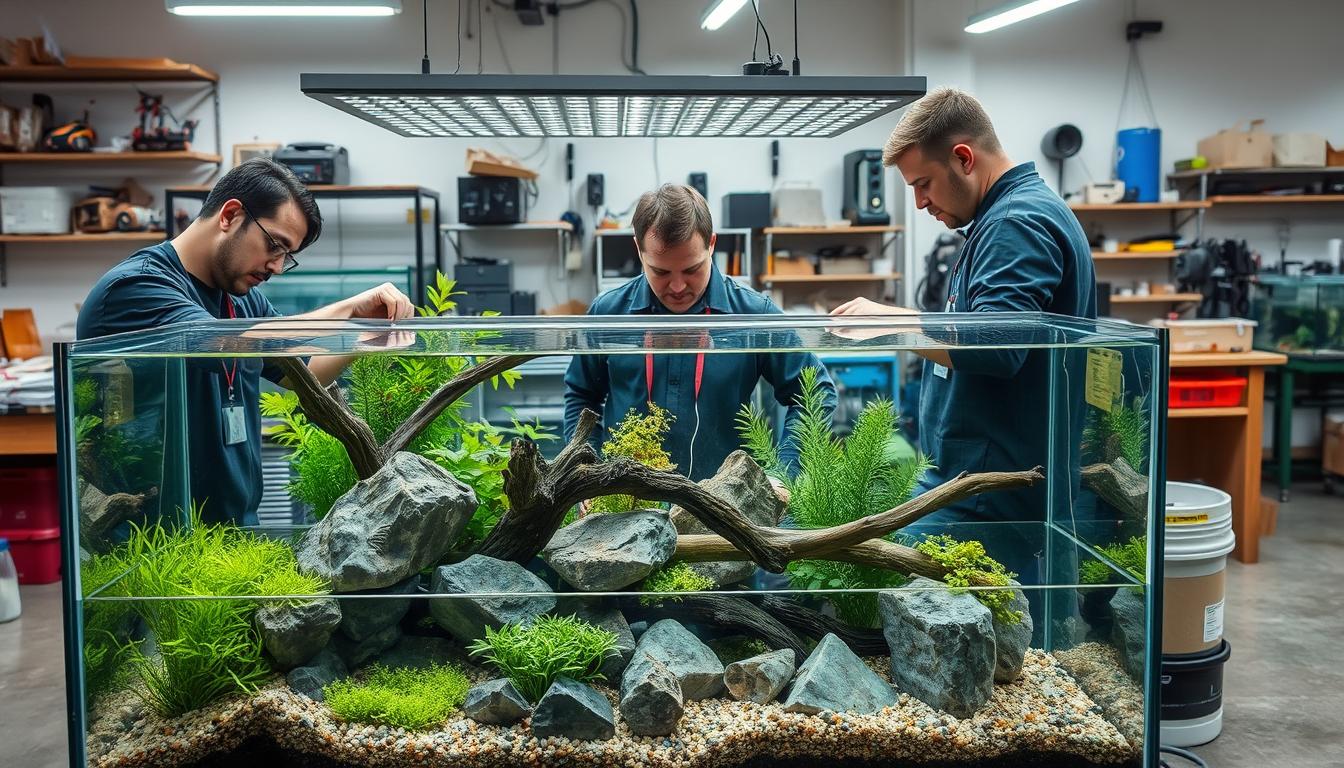|
Cherry Shrimp Care: A Beginner's Guide to Red Cherry Shrimp (For Real Hobbyists Too) Red Cherry Shrimp (Neocaridina davidi) are one of the most popular species in the freshwater aquarium world — not just because of their striking red coloration, but also their incredible algae-cleaning ability, ease of care, and fast reproduction. If you're looking for a shrimp that's beautiful and works hard, this is the ideal pick. Why Are Cherry Shrimp So Popular? 1. Aesthetic Appeal Their vivid red color contrasts beautifully against green plants and dark backgrounds. High-grade varieties like Fire Red or Bloody Mary are especially striking, making them stunning focal points in any aquarium. 2. Natural Algae Control Cherry Shrimp are natural cleaners. They feed on algae, leftover food, and biofilm, helping to maintain a healthy, clean tank environment. 3. Low Maintenance They adapt well to a range of water parameters, making them ideal for beginners. Their peaceful temperament allows them to coexist with small, non-aggressive fish. 4. Easy to Breed Given the right conditions, Cherry Shrimp reproduce readily, making them perfect for hobbyists interested in building a colony. Ideal Cherry Shrimp Tank Setup Creating the right environment is essential for the health, color, and breeding of your Cherry Shrimp. 1. Tank Size Start with at least 10 liters for a small group. Ideally, use 20 liters or more for stable water conditions. 2. Water Parameters Temperature: 22–27°C pH: 6.5–7.4 TDS: 150–200 ppm Ammonia/Nitrite: 0 ppm Nitrate: <20 ppm Use a sponge filter to prevent shrimp from being sucked in and to support biological filtration. 3. Substrate & Plants Use dark substrate to enhance red coloration. Add live plants such as Java Moss, Anubias, and Bucephalandra for hiding spots and biofilm. Include driftwood and shrimp shelters to reduce stress. 4. Lighting & Filtration Use moderate lighting to support plant growth without overheating. Choose sponge or gentle flow filters to avoid disrupting the shrimp. Suitable Tank Mates for Cherry Shrimp Choose peaceful species that won’t harass or prey on shrimp. Recommended Tank Mates: Nerite snails – algae cleaners and shrimp-safe Otocinclus catfish – gentle algae eaters Small tetras (e.g., ember, neon) – colorful and community-friendly Rasboras – active but non-aggressive Other dwarf shrimp like Yellow Shrimp or Rili Shrimp 👉 All of these tank mates are available at Micro Aquatic Shop – easily build your ideal shrimp community tank! Breeding Cherry Shrimp Cherry Shrimp breed easily in well-maintained aquariums. 1. Maturity They reach sexual maturity around 4–5 months of age. 2. Breeding Signs Females show a yellow “saddle” (eggs in ovary) After mating, fertilized eggs appear under the tail (berried shrimp) 3. Raising Shrimplets Babies are fully formed and feed on biofilm Keep water clean and free from predators Avoid strong filtration that could suck them in Common Problems & How to Fix Them1. Molting Issues Caused by unstable water parameters or sudden changes Maintain consistent GH (6–8) and avoid temperature shocks 2. Color Fading Often due to stress or poor nutrition Improve water conditions and provide high-protein, carotenoid-rich foods 3. Sudden Death May be caused by copper (from meds or fertilizers) Test tap water or use dechlorinated RO water Where to Buy Cherry Shrimp in Australia Looking for healthy, vibrant Red Cherry Shrimp delivered to your door? Micro Aquatic Shop offers: High-grade shrimp with brilliant color Safe, insulated shipping Expert guidance for beginner shrimp keepers Micro Aquatic Shop stands out for its reliable service and premium livestock quality. Start Your Cherry Shrimp JourneyWhether you're new to aquascaping or a seasoned hobbyist, Cherry Shrimp are an excellent species to consider. They’re colorful, helpful, easy to care for, and enjoyable to breed. With the right setup, clean water, and a bit of attention, you’ll soon have a thriving colony that brings life and beauty to your aquarium.Ready to get started? 👉 Buy Red Cherry Shrimp now at Micro Aquatic Shop FAQQ: What are Cherry Shrimp?
How long do Cherry Shrimp live?On average, Cherry Shrimp live between 1.5 to 2 years in a well-maintained tank. Their lifespan can be affected by water quality, diet, and temperature stability. With proper care, some individuals can even live slightly longer
|
Need help ?Address: Unit 15, 2-8 Daniel Street,
Wetherill Park, NSW 2164
Email: cs@microaquaticshop.com.au
Phone: (02) 8320 3037


